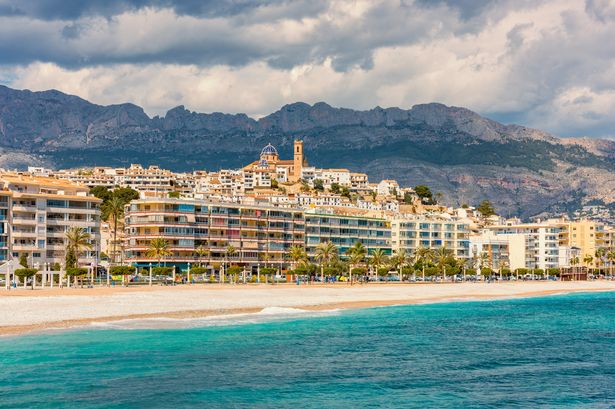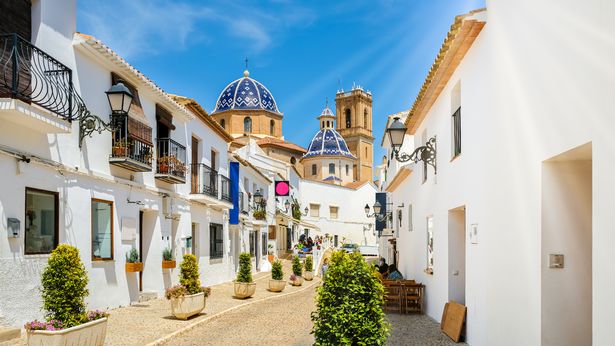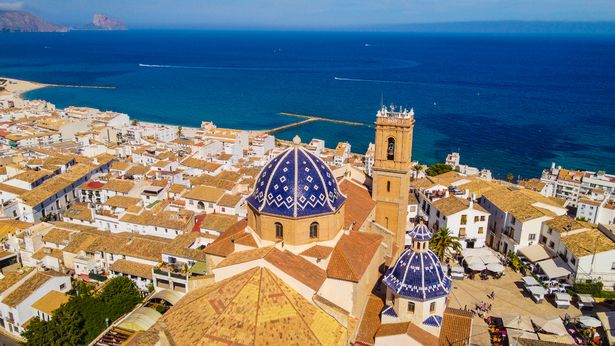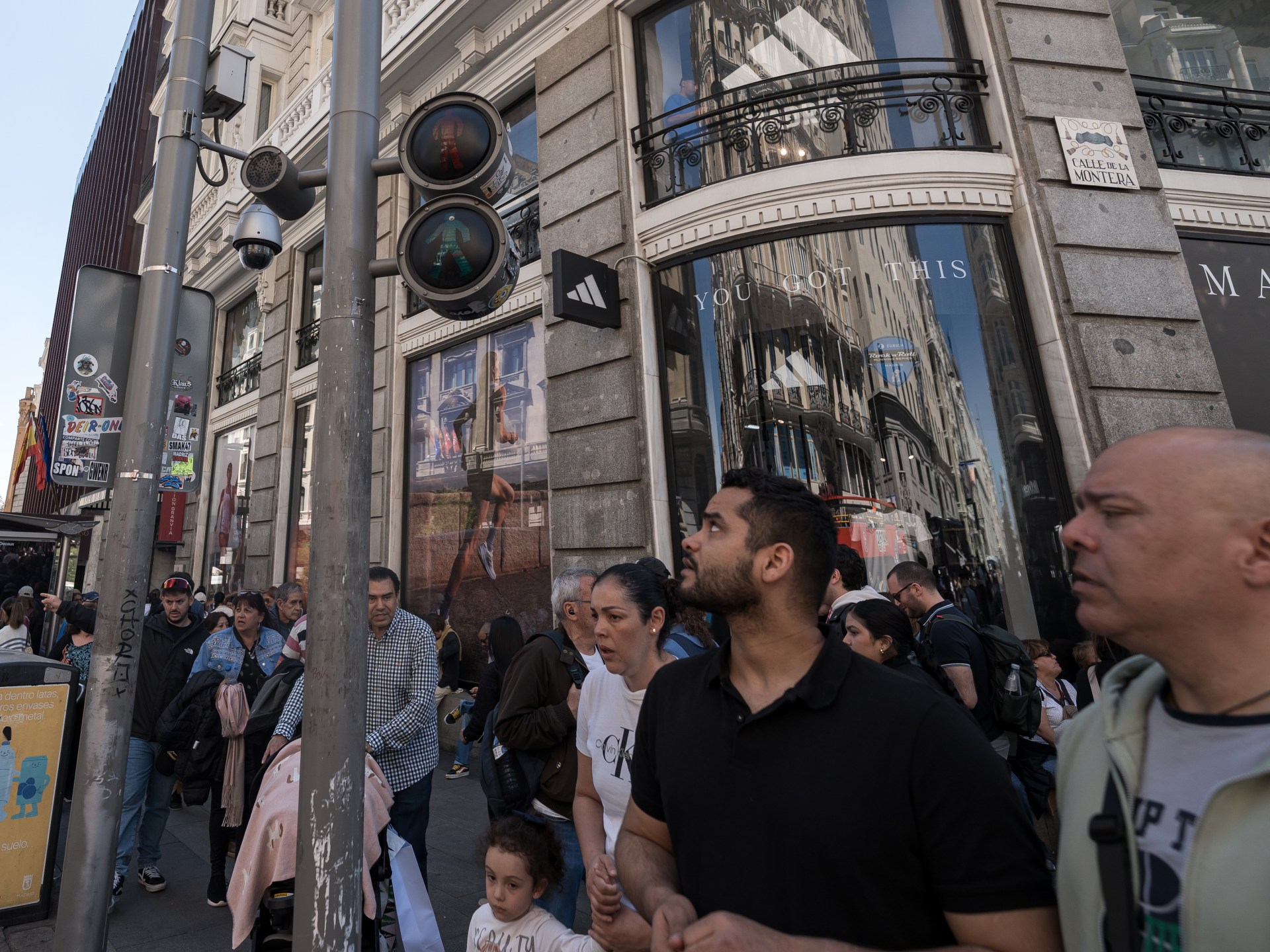Spain’s hidden gem, Altea, is making moves as one of the newest holiday hotspots with its vibrant atmosphere and beautiful beaches, perfect for those looking for a break from the city.
Spain will forever remain a firm favourite for holidaying Brits every year – despite the ongoing unrest over tourist saturation in key towns and cities.
Just nine miles away from the ever-popular Benidorm, Altea is a city and municipality in the Valencian community. It’s a beautiful and charming coastal town on the Costa Blanca, known for its vibrant culture, beautiful beaches and less busy than other destinations, whilst still providing Hispanic beauty.
For those still looking for a holiday that’s not too far away from home and isn’t overcrowded with tourists, this beautiful Spanish seaside city is one of the best places to visit – and the flights are cheap.
READ MORE: UK’s most travel-obsessed city revealed as average Brit visits seven countries
The closest airport to Altera is Alicante. In the month of May, flight prices start from £50 from Bristol, Birmingham, London Luton, Newquay, Exeter, Leeds, and Norwich. Nonetheless, prices are subject to change depending on the time of purchase, season, and demand.
According to a survey conducted by Which? Travel, it was named Spain’s best coastal destination, scoring high points for attractiveness, safety and friendliness. The site said: “Because it’s the Costa Blanca that travel snobs who deride the region don’t know, the historic, villagey one where blue-tiled church domes glitter above a hill of sugar-cube houses.”
“The one whose romantic setting – a wall of mountains on one side, the Mediterranean on the other – attracted artists, kickstarting tourism along this coast in the late 50s.”
With Altea having a 3.7 mile long coastline with pebble beaches and crystal clear waters, they added: “When day-trippers leave by late afternoon, a lucky few get to revel in a pipsqueak beach resort.”
Altea’s gastronomy is heavily influenced by its location in the Costa Blanca with fresh seafood, paella, black rice, fideua (which is similar to paella) and the Nougat of Altea being the most known dishes. Restaurants in Altea offer a range of different culinary experiences, from traditional to modern, showcasing its local flavours.
READ MORE: Spanish holiday hotspot is a ‘timebomb waiting to explode’ as Brits issued warning
Things to do in Altea
Despite not being as well known as other Spanish destinations, Altea has a lot to offer to locals and visitors alike. From indoor to outdoor activities, you will never run out of things to do – and among the best ones are:
- The Church Square
- Mirador de los Cronistas
- Portal Vell
- Castell de L’Olla
- Casco Antiguo de Altea
- Mercadillo de Altea
- Paseo Maritimo Joaquin Planell ded Altea
- Altea Beach
Altea is also known for its relaxed atmosphere. Therefore, visitors won’t find late-night clubs or party areas. Nonetheless, there are tons of bars, restaurants and music venues for visitors to enjoy. But don’t worry, party areas like Benidorm are just a short car ride away, or taking the Line 9 tram, which will take you there in less than 15 minutes.
If you’re looking for a relaxed holiday away from the hustle and bustle of busy city life, look no further: Altea is for you.



